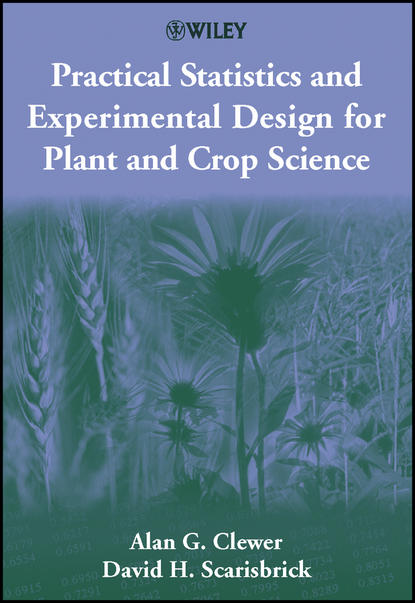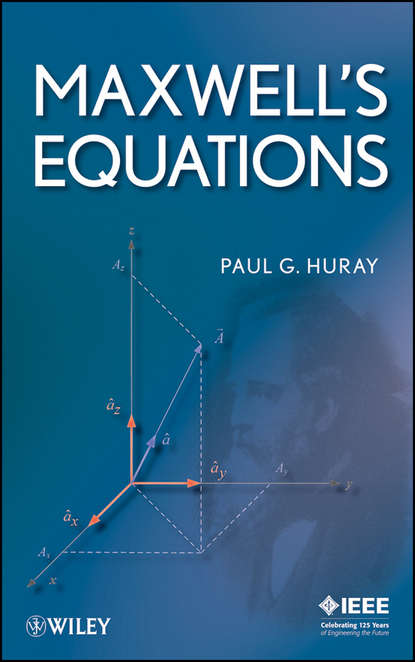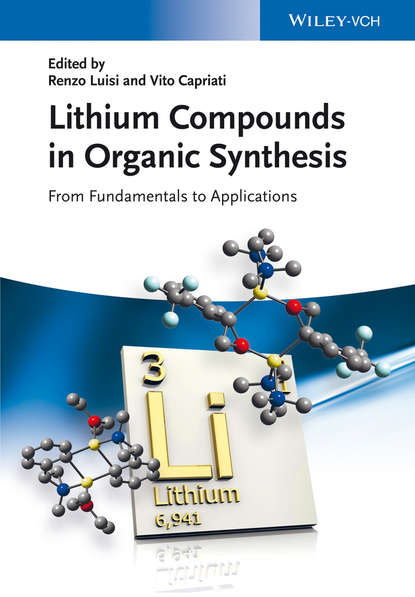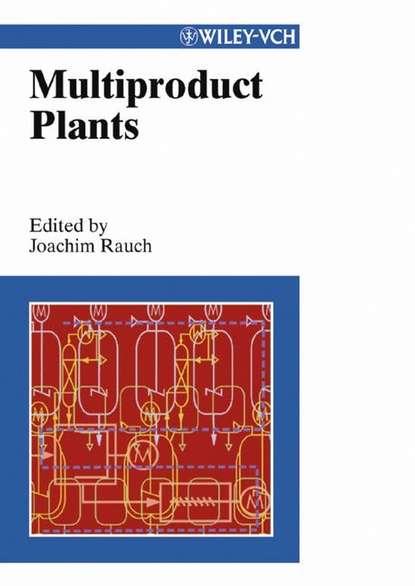"Практическая статистика и экспериментальный дизайн для растительных и сельскохозяйственных наук" - книга, которая представляет собой простое и доступное введение в статистику и принципы экспериментального исследования в растениеводстве и сельском хозяйстве. Авторы объясняют, как планировать и проектировать эксперименты, анализировать результаты, интерпретировать выводы и представлять результаты исследования. Книга содержит конкретные примеры из области растениеводства и сельского хозяйства и представляет:
- Объяснение принципов каждого статистического метода с последующими практическими примерами
- Пошаговые расчеты с примерами, связанными с тремя пакетами компьютерных программ (MINITAB, GENSTAT и SAS)
- Упражнения в конце многих глав
- Советы по представлению результатов и написанию отчетов
Написанная опытными преподавателями, эта книга будет бесценным источником информации для студентов бакалавриата и магистратуры, изучающих растительные науки, включая физиологию растений и культур, биотехнологию, фитопатологию и агрономию, а также для студентов экологии и наук об окружающей среде и тех, кто хочет освежить свои знания в области статистики.
This second edition starts directly with an invitation to learn about simple measures of central tendency then proceeds quickly to making inferences about such measures via Student's t-tests and confidence intervals. At the same time, various bivariate and multivariate techniques are reviewed, such as matrix algebra, regression analysis, correlation and principal components analyses. Next in the progression, we proceed to sampling techniques (including stratified and cluster sampling, time series, cross-lasal designs and simple surveys). There follows some separate chapters on decision theory (logit/probit models) and test theory. Examples of published statistics appear generously throughout the book, often followed by a subtitle exhorting the reader to actually come up with their own examples using the software MINITAB. Chapter headings tend to include common or garden tests, alternatives to significance tests and very little about inference related to ANOVA models. One chapter (on analyzing tables), despite its odd title, actually contains no data-related material; instead it applies elementary probability to situations such as flipping coins or rolling dice. Likewise, serious discussion of experimental design appears briefly reserved for the two chapters devoted specifically to such matters. Chapter 7 is solely concerned with the assessement of program schedules, predicting trends in binomial sequences and shuffling cards. Chapter section headings of "Guidelines — Part 1", "Part 2" or "Part 3" are ditties for standard program listings from MINITAB or SYSTAT, which do warrant inclusion by some, not by others. Questions for the reader include subjectively construed "self-assessment tests" and largely nonstandard response formats (such as "Are these criteria relevant?"). Assessment of the goodness of fit of regression models suffers from minimal description of what the values of chi-square, F, or R-squared mean. Finally, KNIME charts templated after MINITAB and EXCEL or COLORADO computations are provided as downloadable examples. Which sins are thought-worthy of attention and which may be ignored differ among instructors, reviewers and editors employed by different educational establishments, academic presses, publishers, and encyclopedias. Differences in promotional materials of potential purchasers (which defend an item, or downgrade it to critical acclaim) also render a head-scratching how a coherent academic discipline can emerge without a definable Agree-On. [The final three sentences originally were "Often, English statistical phrases that make linear combination vectors appear to be explained as variation and lack of variation patterns, just as physical processes seem to operate on materials should happen.
Электронная Книга «Practical Statistics and Experimental Design for Plant and Crop Science» написана автором David H. Scarisbrick в году.
Минимальный возраст читателя: 0
Язык: Английский
ISBN: 9781118685679
Описание книги от David H. Scarisbrick
Presents readers with a user-friendly, non-technical introduction to statistics and the principles of plant and crop experimentation. Avoiding mathematical jargon, it explains how to plan and design an experiment, analyse results, interpret computer output and present findings. Using specific crop and plant case studies, this guide presents: * The reasoning behind each statistical method is explained before giving relevant, practical examples * Step-by-step calculations with examples linked to three computer packages (MINITAB, GENSTAT and SAS) * Exercises at the end of many chapters * Advice on presenting results and report writing Written by experienced lecturers, this text will be invaluable to undergraduate and postgraduate students studying plant sciences, including plant and crop physiology, biotechnology, plant pathology and agronomy, plus ecology and environmental science students and those wanting a refresher or reference book in statistics.



















